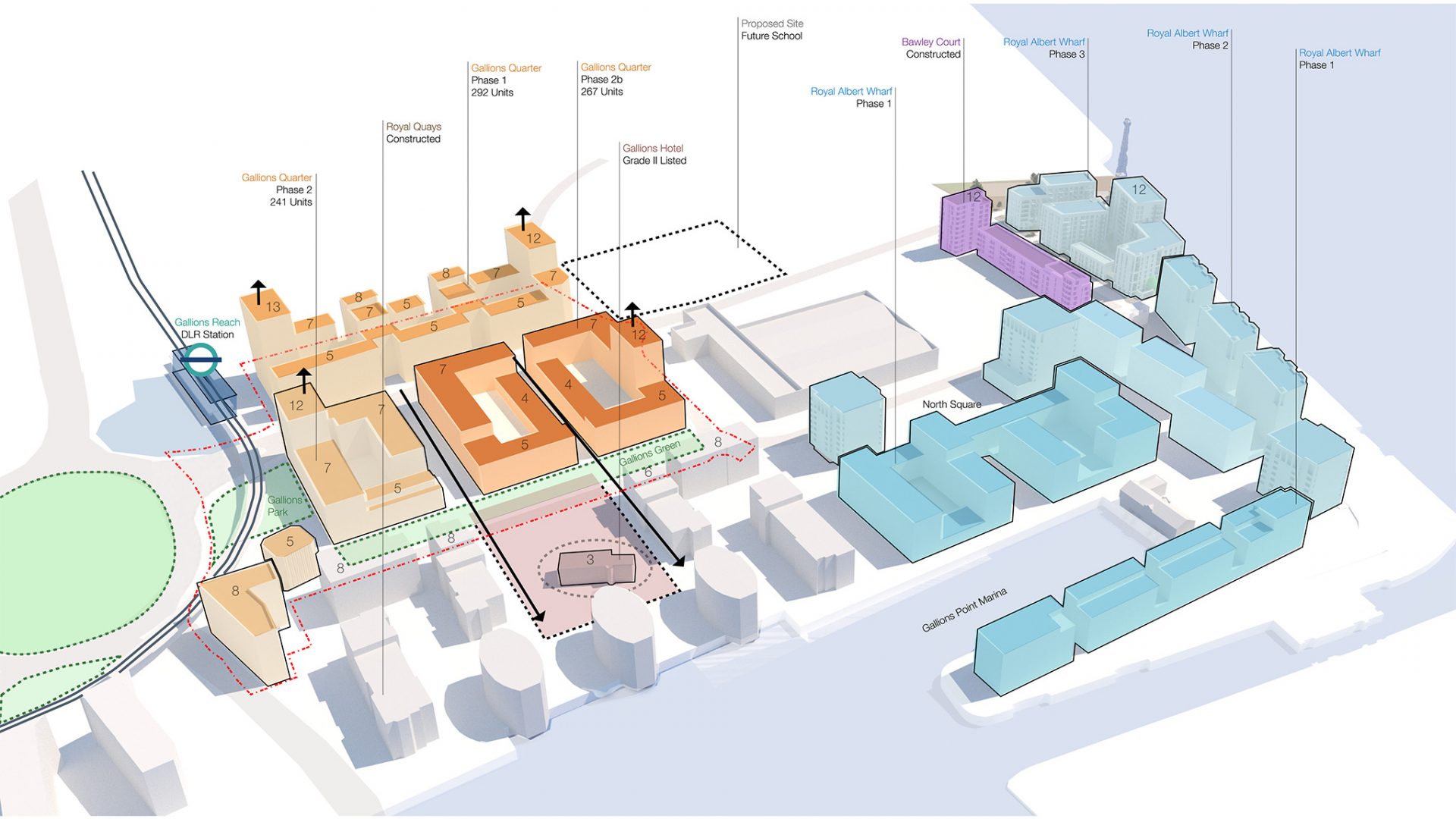- Emily Gee is Regional Director for Historic England,London & South East. In this essay, Emily shares her thoughts on our our 2019 theme of boundaries.

At Historic England we talk a lot about how London’s cherished views belong to everyone, whether they are rich or poor, local or visiting, in the heart or on the outer reaches of the capital. There are no boundaries to taking in the free and magical views of London’s landmarks from surrounding hills, public parks and bridges. It is a heart-lifting message: that glimpses of our diverse places of worship, learning, civic and royal power can enrich our souls and connect us to the city. But this is not a wistful allusion to the opening scenes of Mary Poppins, it a call to safeguard what is fundamental to London’s specialness and to what opens London up to the world.
This translates into policy by reminding authorities to consciously value London beyond their own borough boundaries. The London View Management Framework encourages a strategic approach to managing the capital’s skyline for our collective benefit. For example, people climb to the top of Parliament Hill – from where Sylvia Plath observed “the city melts like sugar” – to spot the places that mean something to them. In views like these we get a sense of London belonging to everyone.
We all have local scenes that mark our own London boundaries and while church spires historically signified the bounds of each parish, we now have a broader architectural tapestry to define our urban neighbourhoods. I know I am leaving Somers Town when I check the time on the British Library’s elegant clock tower, and know I’m entering the City when the silvery dragons and crests tell me so. These kinds of boundary structures mark our own geographies – and remind us how history and architecture can define London places. This is why high streets are so important to the identity of neighbourhoods, they form a central spine, drawing people to gather, interact and participate in civic life. Places also mean more when they respond to history and take their name and their route from historic field boundaries, rivers and earlier settlements, as told in Gillian Tindall’s The Fields Beneath.
One of our roles is to advise on what is officially ‘of special architectural and historic interest’ via the National Heritage List. We explore the boundary between old and new history with the listing of special modern buildings that capture the very best of London’s recent past, and we seek to broaden the narrative of historic interest through recognising stories of diverse communities. We also work to ensure there are fewer boundaries to the List by making it accessible online and encouraging a range of contributions. A project with the Stephen Lawrence Charitable Trust has young architects adding deeper meaning to List entries by illustrating later uses and broader histories. And when we resist boundaries and broaden access – to views, history, understanding of significance and good places with history at their heart – London is a richer place for us all.






